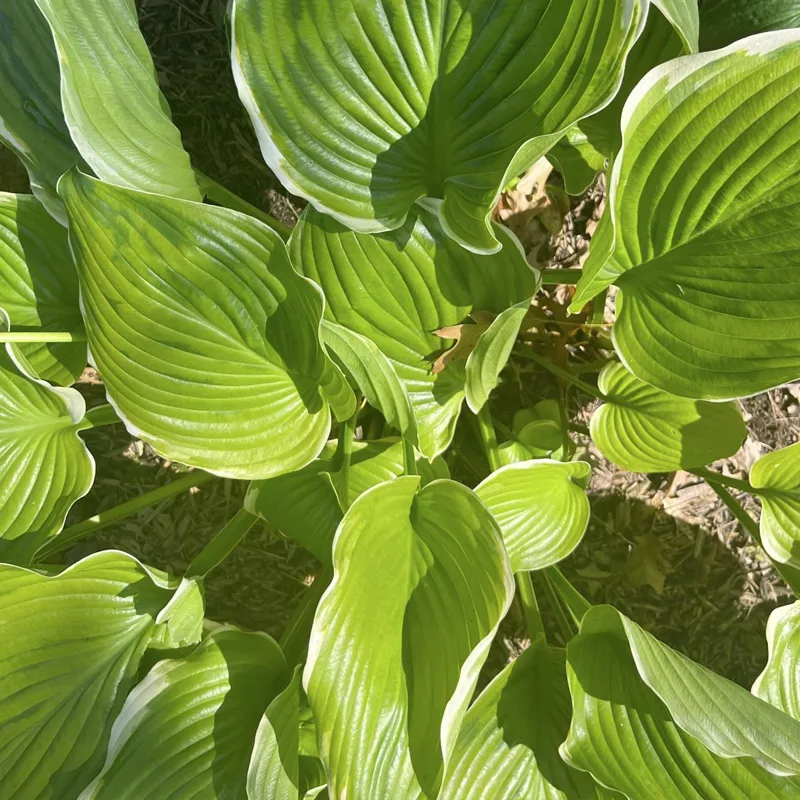My Fascination with the Polygonaceae Plant Family
As a plant enthusiast, I’ve always been captivated by the diversity and resilience of the plant kingdom. One family that has particularly piqued my interest is the Polygonaceae, commonly known as the knotweed family or the buckwheat family. This remarkable group of plants boasts an array of characteristics that make them both fascinating and valuable.
Characteristics of the Polygonaceae Family
The Polygonaceae family is distinguished by several key features that set them apart from other plant families. One of the most noticeable is their unique swollen nodes or joints, which give them their common name “knotweed.” These nodes often have a papery or membranous sheath called an ocrea, which encircles the stem at the base of each leaf.
The leaves of Polygonaceae plants are typically simple and alternate, with entire or toothed margins. The flowers are often small and inconspicuous, arranged in clusters or spikes. They are usually bisexual, with both male and female reproductive organs present. The fruit is typically a small, dry achene or nutlet.
Diversity of Genera
The Polygonaceae family is incredibly diverse, encompassing a wide range of genera and species:
- Polygonum: This genus is perhaps the most recognizable, containing numerous species commonly known as knotweeds. These plants are often found in disturbed areas and are known for their rapid growth and aggressive spreading. – 175 Species in Genus Polygonum
- Rumex: This genus includes the docks and sorrels, which are often characterized by their large, arrow-shaped leaves and clusters of small, reddish flowers. Some species, like the common sorrel (Rumex acetosa), are edible and have a tangy flavor. – 298 Species in Genus Rumex
- Fagopyrum: This genus is notable for containing buckwheat, an important food crop that is cultivated for its nutritious seeds. Buckwheat is a pseudocereal, meaning it is not a true grass but is used in a similar way to grains.
- Rheum: This genus includes rhubarb, a popular vegetable that is grown for its fleshy, edible stalks. Rhubarb is known for its tart flavor and is often used in pies, jams, and sauces. – 57 Species in Genus Rheum
- Coccoloba: This genus is found in tropical and subtropical regions and includes the sea grape (Coccoloba uvifera), a coastal tree that produces edible fruits that resemble grapes. – 179 Species in Genus Coccoloba
- Acanthoscyphus Small
- Afrobrunnichia Hutch. & Dalziel
- Antigonon Endl.
- Aristocapsa Reveal & Hardham
- Atraphaxis L.
- Bactria Yurtseva & Mavrodiev
- Bistorta (L.) Scop.
- Brunnichia Banks ex Gaertn.
- Caelestium Yurtseva & Mavrodiev
- Calligonum L.
- Centrostegia A.Gray
- Chorizanthe R.Br. ex Benth.
- Dedeckera Reveal & J.T.Howell
- Dodecahema Reveal & C.B.Hardham
- Duma T.M.Schust.
- Enneatypus Herzog
- Eriogonum Michx. – 258 Species in Genus Eriogonum
- Eskemukerjea Malick & Sengupta
- Fallopia Adans.
- Gilmania Coville
- Goodmania Reveal & Ertter
- Gymnopodium Rolfe
- Harfordia Greene & Parry
- Hollisteria S.Watson
- Johanneshowellia Reveal
- Knorringia (Czukav.) Tzvelev
- Koenigia L.
- Lastarriaea J.Rémy
- Leptogonum Benth.
- Magoniella Adr.Sanchez
- Mucronea Benth.
- Muehlenbeckia Meisn. – 25 Species in Genus Muehlenbeckia
- Nemacaulis Nutt.
- Neomillspaughia S.F.Blake
- Oxygonum Burch. ex Campd.
- Oxyria Hill
- Oxytheca Nutt.
- Parogonum (Haraldson) Desjardins & J.P.Bailey
- Persicaria Mill. – 143 Species in Genus Persicaria
- Podopterus Bonpl.
- Pteropyrum Jaub. & Spach
- Pterostegia Fisch. & C.A.Mey.
- Pteroxygonum Dammer & Diels
- × Reyllopia Holub
- Reynoutria Houtt.
- Ruprechtia C.A.Mey.
- Salta Adr.Sanchez
- Sidotheca Reveal
- Stenogonum Nutt.
- Symmeria Benth.
- Systenotheca Reveal & Hardham
- Triplaris Loefl.
Ecological and Economic Importance
The Polygonaceae family plays a vital role in various ecosystems. Many species are important food sources for wildlife, providing nectar and pollen for pollinators and seeds for birds and small mammals. Some species, like the Japanese knotweed (Polygonum cuspidatum), are considered invasive and can disrupt native plant communities.
From an economic perspective, the Polygonaceae family offers a range of valuable resources. Buckwheat is an important food crop, while rhubarb is a popular vegetable. Some species, like the Chinese knotweed (Polygonum multiflorum), are used in traditional medicine. Additionally, certain species are grown as ornamentals, adding beauty and diversity to gardens and landscapes.
Conclusion
In conclusion, the Polygonaceae plant family is a fascinating and diverse group of plants that have captured my attention. Their unique characteristics, ecological importance, and economic value make them a subject of endless fascination and exploration. Whether it’s the vibrant colors of rhubarb stalks, the delicate beauty of buckwheat flowers, or the resilience of knotweeds, the Polygonaceae family continues to inspire and amaze me. As I continue my journey as a plant enthusiast, I look forward to uncovering more about this remarkable family and sharing my knowledge with others.
If i die, water my plants!



